Myths about teaching can hold you back
- Year 3
Make and draw shapes with and without parallel and perpendicular sides
I can make and draw compound shapes with and without parallel and perpendicular sides.
- Year 3
Make and draw shapes with and without parallel and perpendicular sides
I can make and draw compound shapes with and without parallel and perpendicular sides.
These resources were made for remote use during the pandemic, not classroom teaching.
Switch to our new teaching resources now - designed by teachers and leading subject experts, and tested in classrooms.
Lesson details
Key learning points
- The properties must match the shape you have created.
- Lines are not perpendicular when they are not at right angles to each other.
- Lines are not parallel because they are not always the same distance apart.
Keywords
Compound - A compound shape is one created using two or more basic shapes.
Vertex / vertices - A vertex is the point where two lines meet. The plural is vertices.
Common misconception
Pupils may find it challenging to recognise that the properties of composed shapes may be different from the shapes they are composed of.
Drawing around compound shapes can really support children thinking about this as a 'new' shape with new properties.
To help you plan your year 3 maths lesson on: Make and draw shapes with and without parallel and perpendicular sides, download all teaching resources for free and adapt to suit your pupils' needs...
To help you plan your year 3 maths lesson on: Make and draw shapes with and without parallel and perpendicular sides, download all teaching resources for free and adapt to suit your pupils' needs.
The starter quiz will activate and check your pupils' prior knowledge, with versions available both with and without answers in PDF format.
We use learning cycles to break down learning into key concepts or ideas linked to the learning outcome. Each learning cycle features explanations with checks for understanding and practice tasks with feedback. All of this is found in our slide decks, ready for you to download and edit. The practice tasks are also available as printable worksheets and some lessons have additional materials with extra material you might need for teaching the lesson.
The assessment exit quiz will test your pupils' understanding of the key learning points.
Our video is a tool for planning, showing how other teachers might teach the lesson, offering helpful tips, modelled explanations and inspiration for your own delivery in the classroom. Plus, you can set it as homework or revision for pupils and keep their learning on track by sharing an online pupil version of this lesson.
Explore more key stage 2 maths lessons from the Parallel and perpendicular sides in polygons unit, dive into the full primary maths curriculum, or learn more about lesson planning.

Licence
Prior knowledge starter quiz
6 Questions
Q1.Select the correct name for this shape.
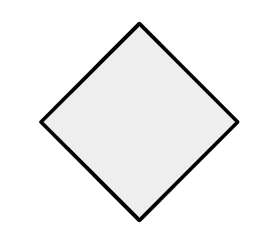
Q2.Match the shape name to the number of vertices it has.
4 vertices
5 vertices
7 vertices
Q3.Tick the shapes with at least one pair of perpendicular sides.
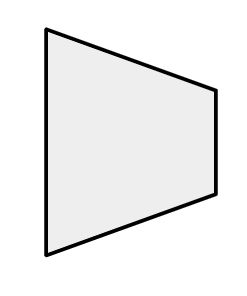
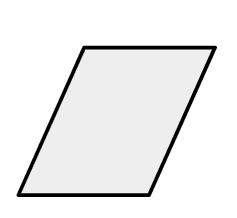
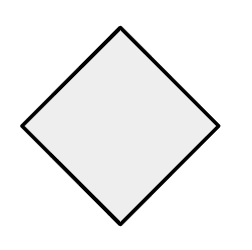
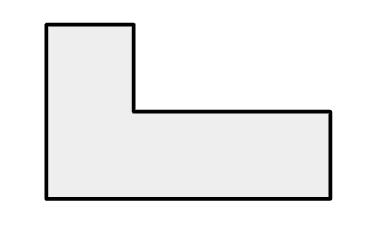
Q4.Complete the sentence. This quadrilateral has pair(s) of parallel sides.

Q5.Complete the sentence. This polygon has pair(s) of perpendicular sides.
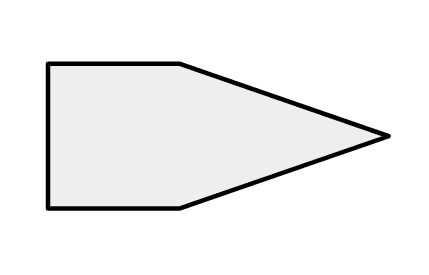
Q6.True or false? Triangles cannot have any sides that are perpendicular.
Assessment exit quiz
6 Questions
Q1.This is an example of a compound shape. What is a compound shape?
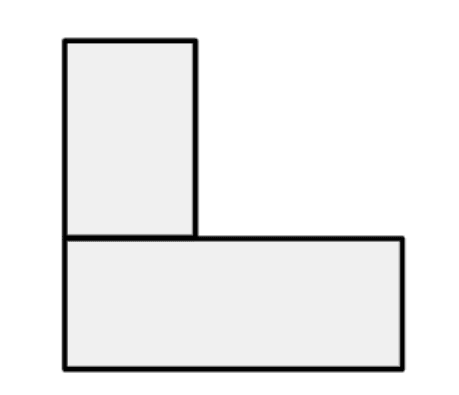
Q2.Lucas composes a shape from two polygons. Name one of the polygons the new shape is composed of.
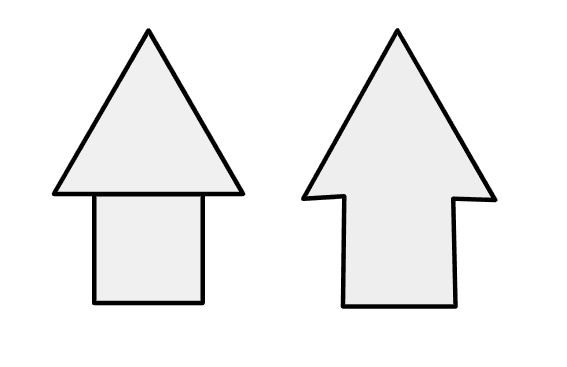
Q3.Lucas composes a shape from two polygons How many pairs of perpendicular sides does his new shape have? pair(s)

Q4.Lucas composes a shape from two polygons How many pairs of parallel sides does his new shape have?

Q5.Lucas draws this shape on isometric paper. Name the shape Lucas has drawn.
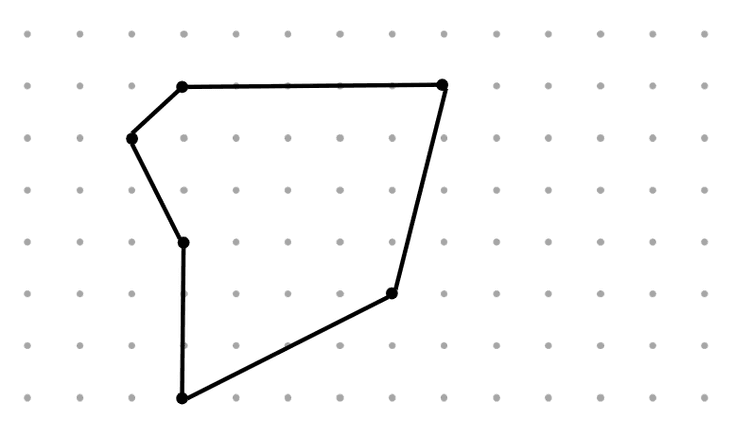
Q6.True or false? This shape has no pairs of parallel sides and no pairs of perpendicular sides.



